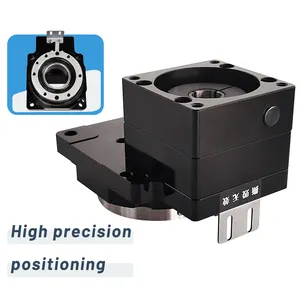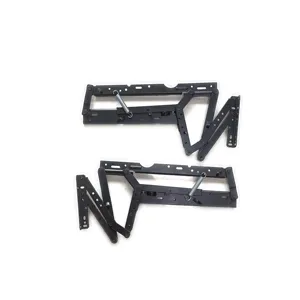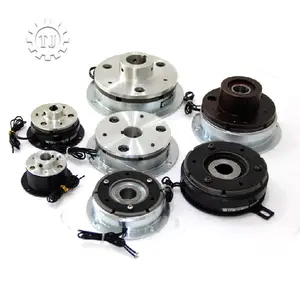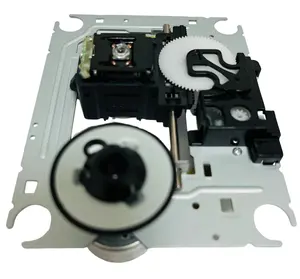Understanding CD Mechanisms
CD mechanisms are intricate devices that form the core of compact disc players. These mechanisms are responsible for the precise reading of digital data encoded on CDs. A typical CD mechanism consists of several components, including a laser diode, lens system, tracking mechanism, and spindle motor, all working in unison to deliver digital audio or data to the user.
Types and Applications
There are various types of CD mechanisms tailored to different applications. Some are designed for audio fidelity, found in high-end music players, while others are built for durability in car audio systems. The application of these mechanisms spans across multiple industries, from personal entertainment to data management and distribution.
Technical Features
The technical features of a CD mechanism include its error correction capabilities, reading speed, and the ability to handle various CD formats. These features ensure that the mechanism can retrieve data accurately and efficiently, even from discs that may have minor imperfections or scratches.
Materials and Construction
The construction of a CD mechanism involves precision engineering and the use of materials that balance durability with performance. Materials commonly used include high-grade plastics for the body, aluminum for the disc tray, and alloy materials for the internal components that require rigidity and smooth operation.
Advantages of Modern CD Mechanisms
Modern CD mechanisms offer several advantages, such as improved shock resistance and reduced susceptibility to vibrations. These improvements enhance the overall audio experience and data integrity, especially in environments where stability is a concern.
Choosing the Right CD Mechanism
Selecting the right CD mechanism involves considering the intended use, compatibility with different CD formats, and the specific features that are necessary for the user's requirements. It is essential to evaluate the mechanism's specifications to ensure it meets the needs of the application for which it is intended.






































 浙公网安备 33010002000092号
浙公网安备 33010002000092号 浙B2-20120091-4
浙B2-20120091-4